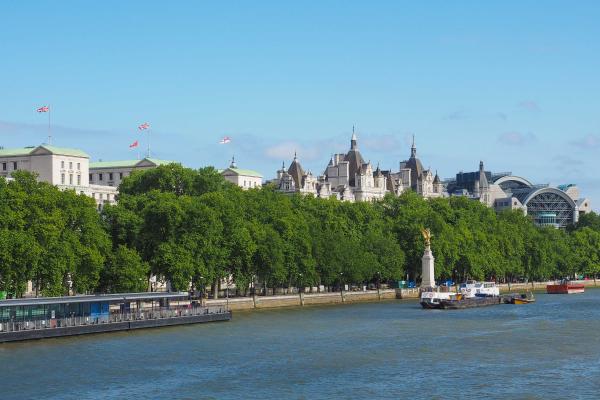On 3 November, the UK's terrorism threat level was upgraded from 'Substantial' to 'Severe', which means an attack is 'highly likely'. The shift follows the recent night's shooting in Vienna and attacks in Nice and Paris in October. However, there is no specific intelligence of an imminent incident in the UK.
The meaning and changes in the threat levels can be found here. The last period at the 'Severe' level lasted for 25 months from 17 September 2017 (after a bomb partially exploded on a Tube train at Parsons Green) to 4 November 2019. See here for a Resilience First review of the rationale of the five levels of threat set by the Joint Terrorism Analysis Centre.
At a webinar briefing on 9 September given by the former Assistant Commissioner for Special Operations at the Met Police, the audience was reminded that:
- The jihadist threat is our most significant extremist challenge. Much of this activity is scattered and connected with local grievances.
- It will be important for businesses to reinforce three (of the four) ‘Ps’ of CONTEST, namely Prepare, Prevent and Protect. Companies should keep a watchful eye open for disgruntled employees at work (including working from home) who show signs of radicalisation. This may avoid subsequent claims of not acting soon enough should an incident occur i.e. the Prepare and Prevent elements.
- It is important to consider the advice that ‘preparedness in crisis management is the next competitive advantage’. Preparedness is important as a distinct factor and should not be treated as merely a housekeeping function.
For the latest advice from the police, see here.



